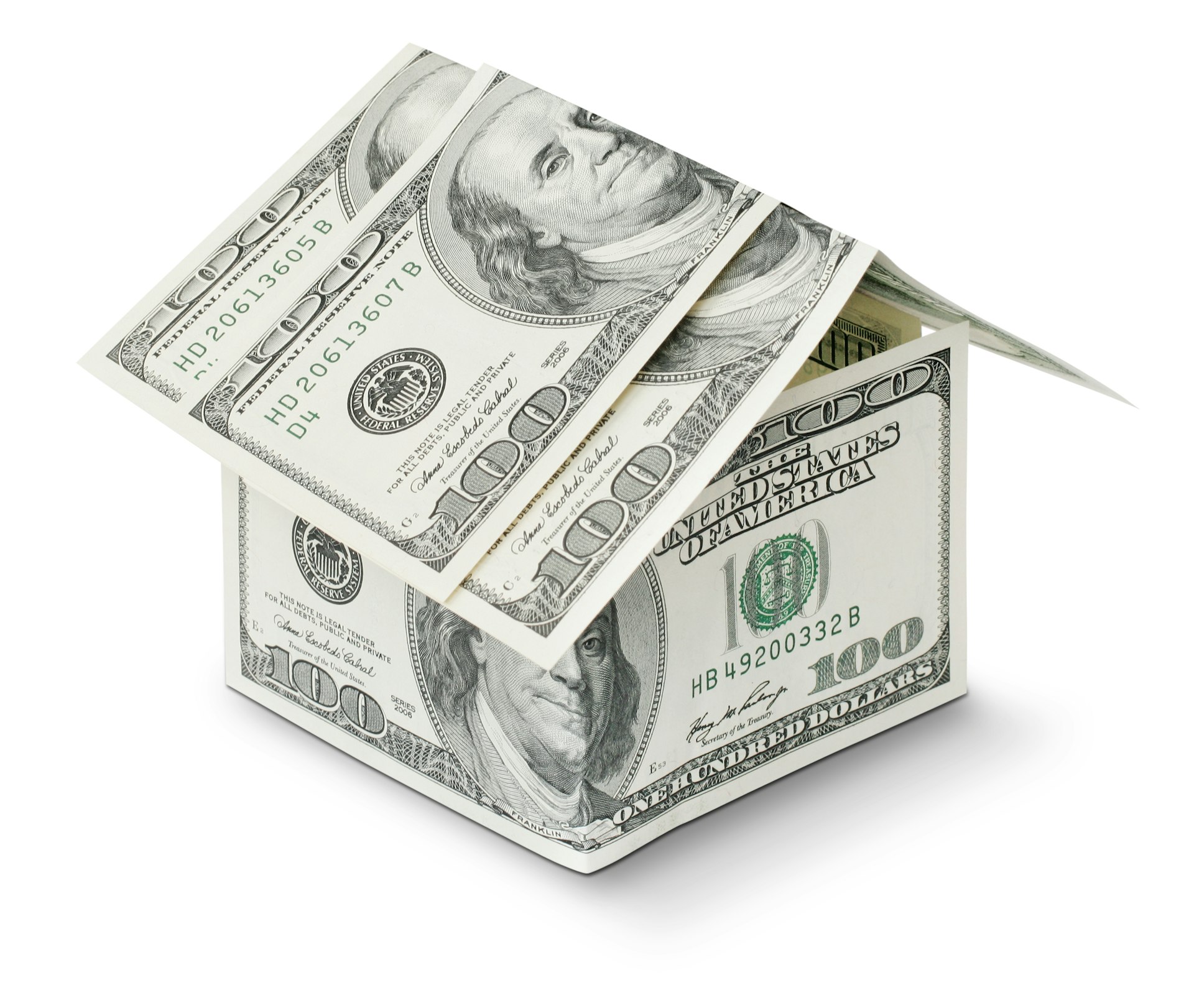Proven Strategies for Promoting Wellness-Focused Real Estate Projects

Photo by wang binghua on Unsplash
Introduction: The Rise of Wellness-Focused Real Estate
In recent years, wellness-focused real estate has emerged as a leading trend, reflecting growing consumer demand for healthier living environments. These projects go beyond traditional amenities by prioritizing physical, mental, and social well-being through thoughtful design, sustainable features, and community-building initiatives. Developers and marketers who understand how to effectively promote these properties can realize significant value premiums and achieve strong differentiation in a crowded marketplace [5] .
1. Educate and Inform: Building Market Awareness
The foundation of any successful wellness real estate marketing strategy is education. Many potential buyers are unfamiliar with the specific benefits and features that set wellness-focused developments apart. To bridge this gap, developers should:

Photo by Svetozar Cenisev on Unsplash
- Provide clear explanations of wellness features, such as enhanced air and water quality, biophilic design, quiet zones, and access to nature.
- Create educational content-blog posts, infographics, and videos-that demystify wellness design principles and demonstrate real-world outcomes.
- Offer testimonials and case studies from residents who have experienced measurable improvements in their well-being since moving in.
For instance, a blog series highlighting the science behind circadian lighting or the benefits of toxin-free materials can build credibility and trust with prospective buyers [1] .
2. Highlight Tangible Benefits and Value Propositions
Wellness features are most compelling when their value is quantified. Developers can strengthen their messaging by:
- Presenting data on energy savings, lower healthcare costs, or improved productivity resulting from wellness-oriented design.
- Using virtual tours and immersive visuals to showcase the impact of amenities like green spaces, fitness centers, and meditation rooms.
- Highlighting premium asset appreciation rates. Wellness properties often command sales price premiums of 10-25%, with some communities reaching up to 55% over traditional developments [3] [4] .
For example, a case study of a wellness community built around a resort could demonstrate how residents benefit from on-site wellness programs, and operators gain from increased foot traffic and higher branding fees [4] .
3. Target the Right Audience: Precision Marketing
Identifying and understanding your target audience is essential. Wellness-focused projects appeal to a diverse range of buyers, each with unique priorities:
- Families may seek safe outdoor play areas, toxin-free materials, and healthy communal spaces.
- Professionals might prioritize ergonomic workspaces, stress-reducing amenities, and access to fitness facilities.
- Seniors often value walkability, healthcare integration, and social programming.
Use targeted advertising, social media campaigns, and partnerships with wellness influencers to deliver tailored messages that resonate with these groups. Developing buyer personas and mapping their needs to specific wellness features can refine your approach and improve conversion rates [1] .
4. Emphasize Mindfulness and Holistic Living
Incorporating mindfulness and holistic wellness into your marketing strategy can create lasting emotional connections with buyers. This approach involves:
- Sharing wellness tips, mindfulness exercises, and healthy living resources as part of your outreach.
- Positioning your team as advocates for mindful living and health-conscious lifestyles, rather than just property salespeople.
- Nurturing a referral network by collaborating with healthy home experts, nutritionists, and wellness coaches.
For example, offering guided meditation sessions or wellness workshops-either virtually or on-site-can help buyers experience your commitment to their well-being and differentiate your brand in the market [2] .
5. Integrate Sustainability and Environmental Responsibility
Modern wellness-focused buyers often expect sustainability to be embedded in every aspect of a development. To meet these expectations, developers can:
- Implement green building standards, such as LEED or WELL certification, and communicate these achievements clearly.
- Highlight the use of renewable energy, efficient water management, and eco-friendly construction materials.
- Engage residents in sustainability initiatives, such as composting programs, native landscaping, or community gardens.
By positioning sustainability as a core value-rather than a secondary feature-projects can appeal to environmentally conscious buyers and create a stronger brand identity. Incorporating sustainability into both the infrastructure and daily operations ensures long-term value and appeal [5] .
6. Develop Partnerships and Collaborative Ecosystems
Strategic partnerships can enhance the credibility and reach of wellness real estate projects. Consider collaborating with:
- Wellness resorts, fitness brands, and healthcare providers to offer exclusive amenities or services for residents.
- Local businesses specializing in healthy food, mindfulness, or outdoor recreation.
- Design and technology firms with expertise in healthy building systems and smart home integration.
For example, co-hosting community wellness events or providing residents with special access to partner services can increase engagement and attract attention from niche audiences [3] .
7. Create Memorable Experiences Throughout the Buyer Journey
Wellness real estate marketing should extend beyond the transaction by offering added value at every stage:
- Host immersive open houses featuring wellness activities, such as yoga classes or nutrition workshops, to enable potential buyers to experience the lifestyle firsthand.
- Provide ongoing wellness resources and events for current residents, fostering loyalty and positive word-of-mouth.
- Solicit feedback and use resident stories to continually refine offerings and marketing messages.
By becoming a trusted source of wellness expertise, developers can build lasting client relationships and generate organic referrals [2] .
8. Step-By-Step Guidance for Accessing and Implementing Wellness-Focused Strategies
To develop or invest in a wellness-focused real estate project, consider the following implementation steps:
-
Conduct Market Research:
Analyze local demand for wellness features, buyer preferences, and competitor offerings. Consult real estate research reports and industry organizations for the latest data. -
Engage Wellness Consultants:
Reach out to certified professionals in architecture, sustainability, and health to design spaces that meet best-in-class wellness standards. -
Develop a Holistic Concept:
Define your project’s unique wellness vision, integrating physical, mental, and social well-being elements from the outset. -
Build Partnerships:
Identify potential collaborators in wellness, sustainability, and technology. Attend industry events and network with local businesses. -
Design Marketing Materials:
Produce educational and experiential content tailored to your target audience’s aspirations and values. -
Launch Targeted Campaigns:
Use data-driven advertising, content marketing, and social media outreach to connect with high-potential buyers. -
Measure and Refine:
Track engagement, sales, and resident satisfaction. Adjust your strategy based on feedback and evolving market trends.
Developers and buyers interested in wellness real estate can consult the Global Wellness Institute or leading real estate advisory firms for further resources. When seeking professional support, search for firms specializing in ‘wellness real estate consulting’ or ‘healthy building certification’ in your region.
9. Overcoming Challenges and Exploring Alternatives
Promoting wellness-focused real estate is not without obstacles. Common challenges include:
-
Higher Development Costs:
Wellness amenities and certifications can increase upfront costs. Offset this by emphasizing long-term returns and potential sales price premiums. -
Market Education:
Some buyers may be skeptical or unfamiliar with wellness concepts. Overcome this with transparent communication, data-backed claims, and firsthand experiences. -
Regulatory Hurdles:
Local zoning or building codes may limit certain wellness features. Work closely with architects and legal advisors to navigate compliance.
Alternative approaches include phased development (starting small and expanding amenities over time), forming resident-led wellness committees, or retrofitting existing properties with wellness upgrades to test market response before scaling up.
Conclusion: Leading the Wellness Real Estate Movement
Wellness-focused real estate is transforming how we think about homes, communities, and workplaces. By combining education, value-driven marketing, targeted outreach, and authentic client engagement, developers and marketers can both meet growing demand and deliver meaningful benefits to residents. The most successful projects are those that embrace a holistic, sustainable approach-creating environments that foster well-being for years to come.
References
- [1] Lemon Water Group (2025). Bridging the Gap: Marketing Strategies for Wellness Real Estate.
- [2] Healthy Home Media (2023). Wellness-Driven Real Estate and Marketing Mindfulness.
- [3] Horwath HTL (2025). The Wellness Real Estate Development Process Explained.
- [4] Boston University (2022). A Guide to Developing Wellness Real Estate.
- [5] Global Wellness Institute (2025). Wellness Real Estate.
MORE FROM resultsfordeals.com













